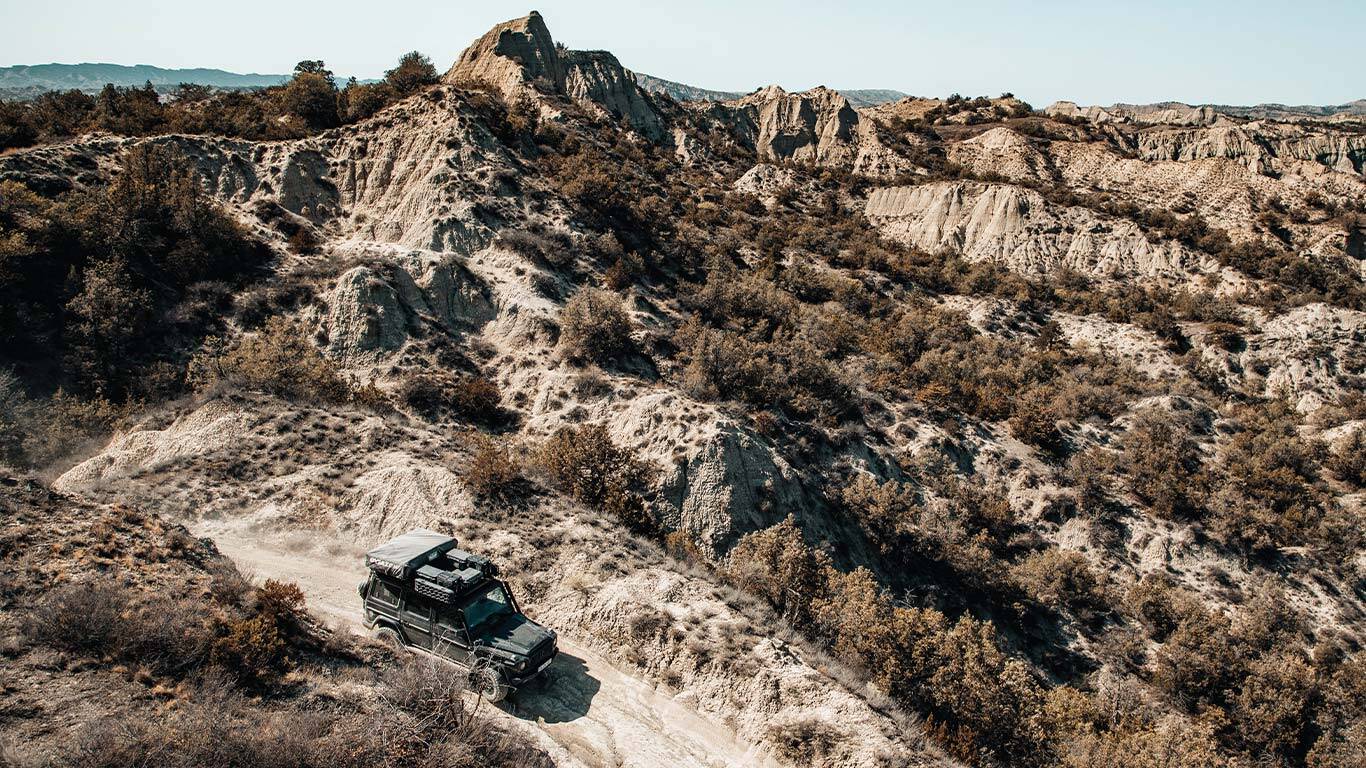Secret escape! The adventure began in Germany and extended through Austria, Slovenia, Croatia, Bosnia, Montenegro, Albania, Greece and Turkey before arriving in Georgia. We were travelling in our 2003 Mercedes-Benz G Wagen and the passengers comprised my wife, Kristin, our children, Julius and Luisa, our dog, Zeus, and myself, Benyamin, behind the wheel.
For years, we’ve been rather minimalist in our approach to overlanding and make do with little more than our rooftop tent. Nature determines our living room, kitchen and bathroom, and the destinations we choose are a far cry from the typical tourist attractions. Georgia is one such destination and has been on our ToDo list for quite some time. Until now, that is—Georgia, we’re on our way.




